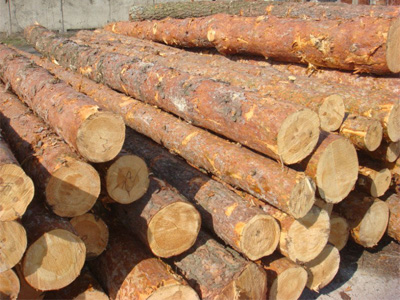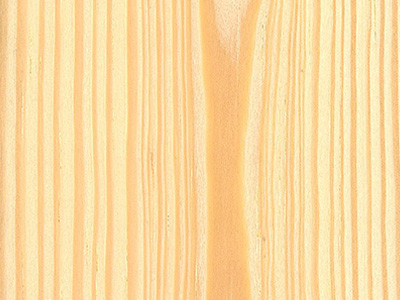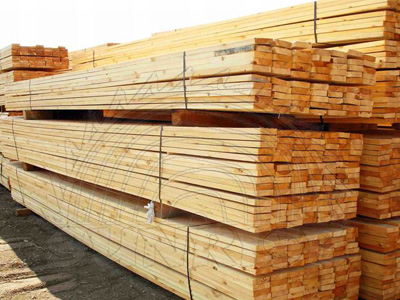PINE
- General Details
Origin :
Southwestern Europe; also grown on plantations in EuropeColor or Appearance :
Heartwood is light reddish brown, demarcated sapwood is pale yellow to nearly white. Color tends to darken with age.Grain/Texture :
Grain is straight, with a medium, even texture.Rot Resistance :
The heartwood is rated as moderate to low in decay resistance.Workability :
Overall, Maritime Pine works fairly well with most tools, though the resin can gum up tools and clog sandpaper. Maritime Pine glues and finishes well.Odor :
Maritime Pine has a distinct, resinous odor when being worked.Allergies / Toxicity :
Working with pine has been reported to cause allergic skin reactions and/or asthma-like symptoms in some people. See the articles Wood Allergies and Toxicity and Wood Dust Safety for more information.Comman Uses :
Paper (pulpwood), flooring, boxes/crates, and construction lumber. - Technical Info
Tree Size :
65-115 ft (20-35 m) tall, 2-4 ft (.6-1.2 m) trunk diameterAverage Dried Weight :
31 lbs/ft3 (500 kg/m3)Specific Gravity (Basic, 12% MC) :
.39, .50Janka Hardness :
390 lbf (1,740 N)Modulus of Rupture :
10,590 lbf/in2 (73.0 MPa)Elastic Modulus :
1,238,000 lbf/in2 (8.54 GPa)Crushing Strength :
5,660 lbf/in2 (39.0 MPa)Shrinkage :
Radial: 4.5%, Tangential: 9.0%, Volumetric: 14.4%, T/R Ratio: 2.0



